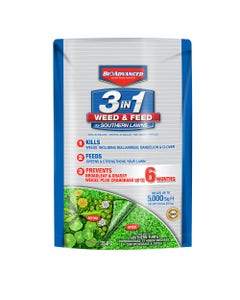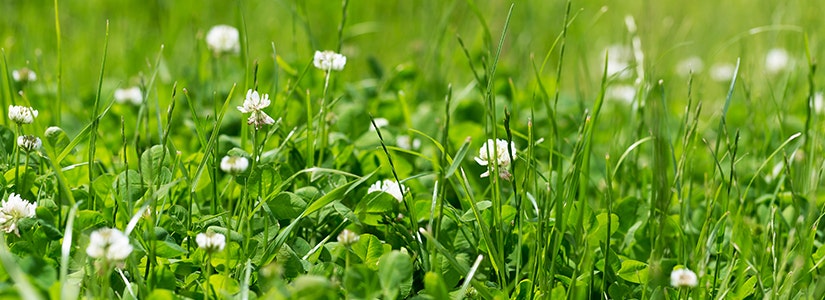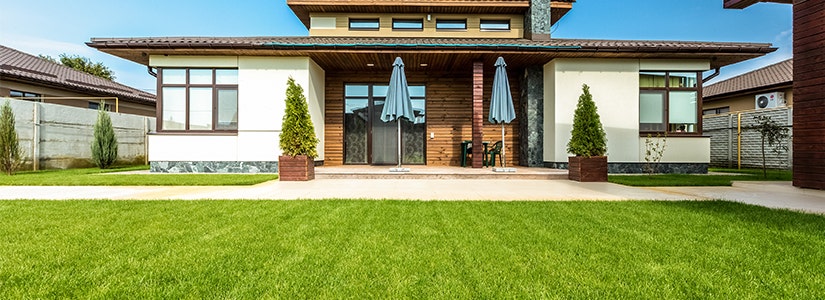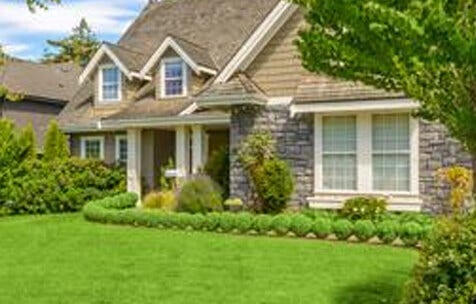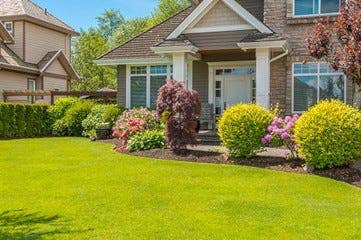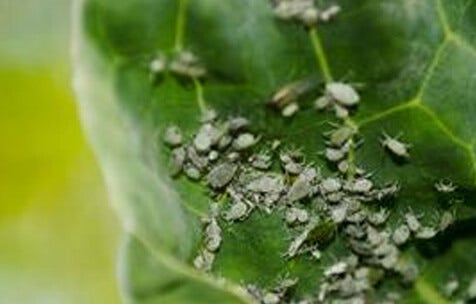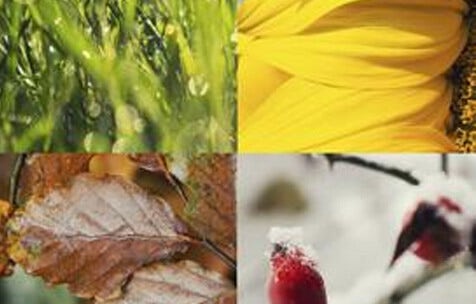

- Home
- Solution Center
- Learn
- Lawn and Landscape
- Treat and Kill Lawn Weeds in the Fall
Treat and Kill Lawn Weeds in the Fall
One of the best things you can do for your lawn is to treat weeds in the fall. Whether you're tending warm- or cool-season turf, tackling weeds as autumn's cooler days arrive can help you create a lush and lovely lawn. Fall treatments knock out both annual and perennial weeds and can actually be the key to killing established perennial invaders such as dandelion and clover.
Types of Weeds
Winter annuals, a type of annual weed, germinate in late summer to early fall. They grow in fall, through winter warm spells, and into early spring. These weeds set seed in mid- to late spring, just before daytime air temperatures jump. Examples of winter annual weeds include Henbit, Annual Bluegrass, Chickweed, Corn Speedwell and Lawn Burrweed (or Spurweed).
When you treat your lawn for weeds in autumn, you'll target fall-germinating weeds, such as Henbit and Chickweed (annual weeds). Dandelion also germinates in fall, although compared to spring, the number of seeds germinating is generally less.
Fall is also an excellent time to control perennial weeds, because that's the time of year when plants begin a process of winter food storage, shifting internal foodstuffs from leaves to roots. If you treat perennial weeds with herbicide in fall, the chemical moves from leaves to roots, essentially killing the weed at the root.
Treatment & Timing
If your fall weed treatments are targeting both annual and perennial weeds, you'll want a weed killer that combines a pre- and post-emergent herbicide. This is because some weeds will already be growing, which the post-emergent herbicide will kill, and weeds that haven't yet sprouted will be taken out by the pre-emergent herbicide.
Application timing will vary depending on where you live. In more northern locations, treat lawns as early as Labor Day; warmest areas may apply as late as October.
To find the right timing for your region, you can consider air temperature. Herbicides are most effective when air temperature is 50°F and above. But perhaps the best way to assure proper timing is to contact your local extension agent. They'll know the right timing for your specific location. To learn more about timing herbicide applications, read our article on "Understanding Weed Killers".
Problem Weeds
Some of the lawn interlopers worth treating during the cool season of the year include Annual Bluegrass, which tends to be a problem in warm-season lawns. Crabgrass invades both warm- and cool-season turf. Because Crabgrass sets seed throughout the growing season, it's worth the effort to apply a pre-emergent herbicide to prevent any late season-released seeds from germinating.
The best treatment for Annual Bluegrass and Crabgrass is a Crabgrass preventer, a pre-emergent herbicide that combats grassy weeds and can be applied in spring or fall. Unfortunately, these products aren't traditionally sold year-round in all regions. If you know you'll be dealing with these weeds in fall, it's best to purchase a Crabgrass preventer in spring and store it in a cool, dry place until autumn's cooler days arrive.
Wild Onion and its relative Wild Garlic can punctuate a dormant warm-season lawn with bright green exclamation points. Eliminate these smelly weeds with post-emergent herbicide. Lawn Burweed is a winter annual weed that sets spurred seeds in spring, making a lawn a painful venture for people and pets. Control this prickly weed with a fall application of a pre-emergent herbicide.
For perennial weeds such as Plantain, Dandelion, Knotweed and Clover, apply a post-emergent herbicide in fall to send the killing chemicals directly to roots. This treatment will help reduce the numbers of these weeds in spring.
To identify and learn more about weeds mentioned in this article, check out our Guide to Common Lawn Weeds.





